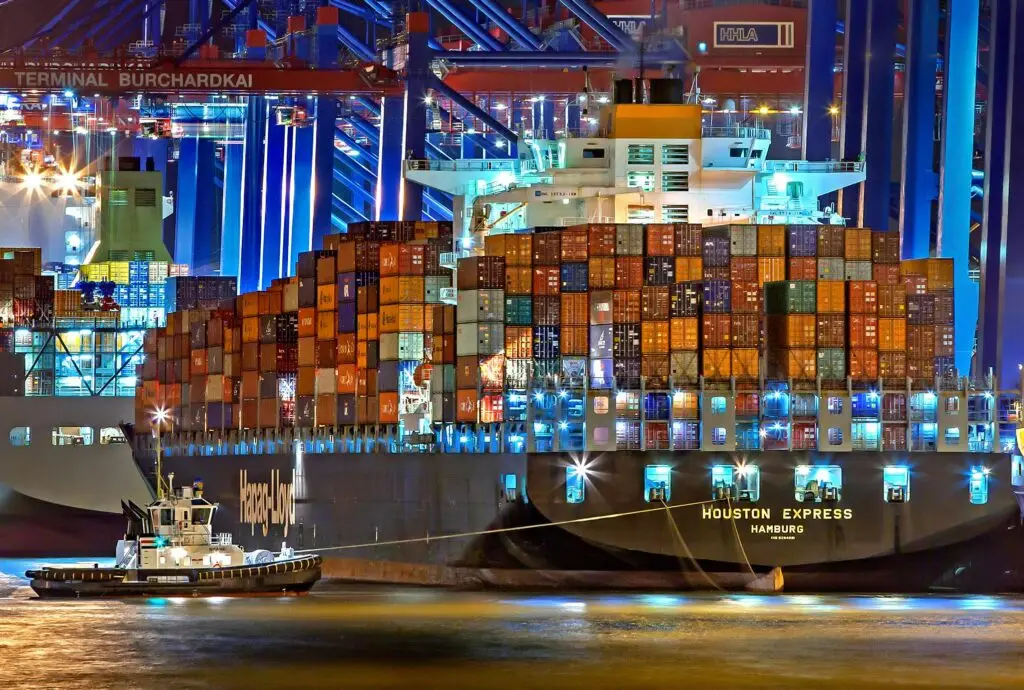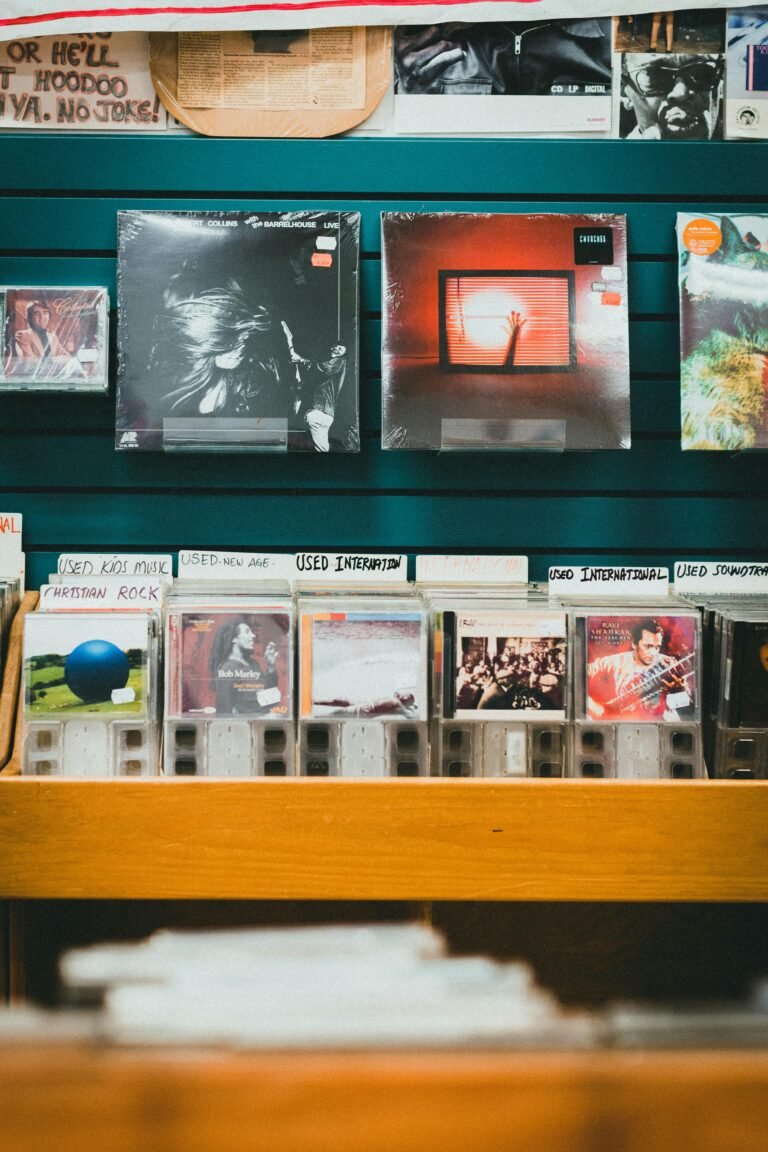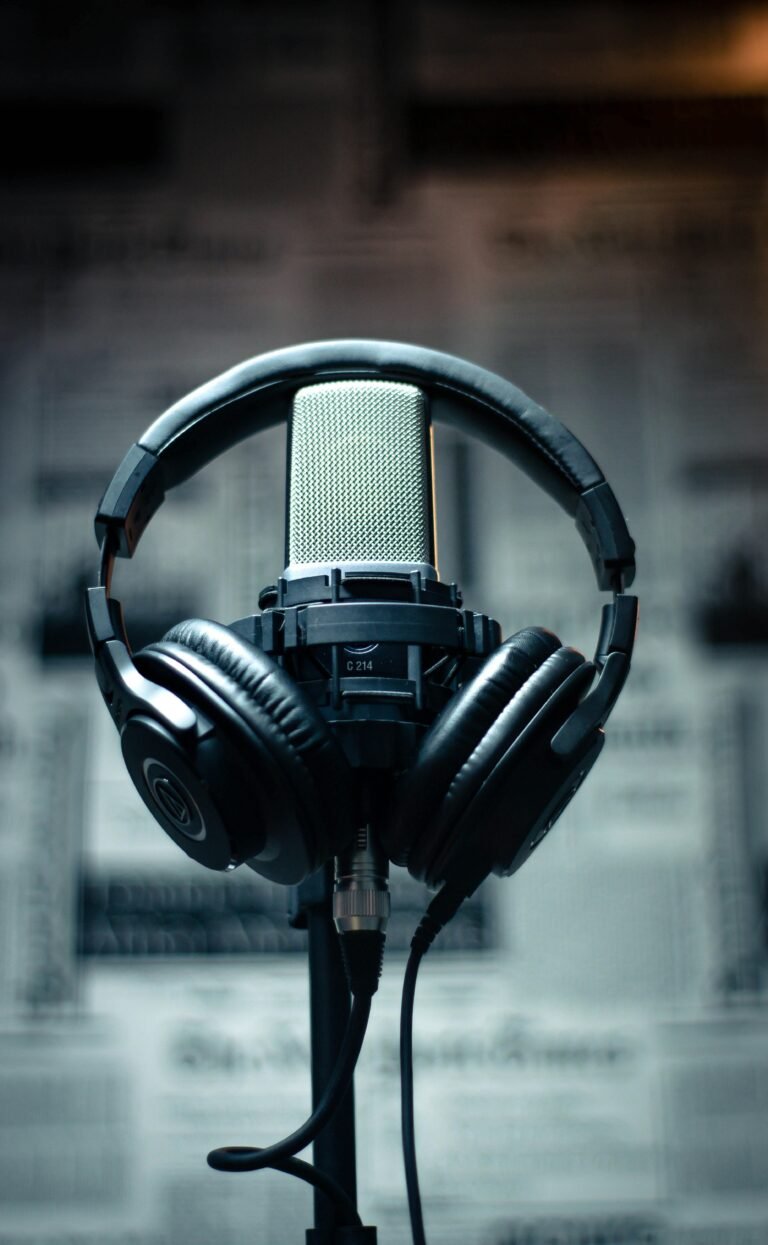
Trump’s Tariffs Deliver a Devastating Blow to Independent Musicians
President Trump’s comprehensive tariff policies have created a perfect storm of financial hardship for independent musicians and the broader indie music ecosystem. From skyrocketing equipment costs to collapsed international merchandise sales, these trade measures are fundamentally reshaping how independent artists operate and survive in an already challenging industry.
A Crushing Impact on Music Equipment and Production Costs
The most immediate and severe impact has been on musical instruments and production equipment. Trump’s tariffs have imposed a staggering 145% duty on Chinese-made musical instruments and equipment, representing a 1,218% increase from previous rates. This has created dramatic price increases that are particularly devastating for entry-level and student musicians.
Consider the stark reality facing musicians today: a drum machine that previously cost $399 now carries an additional $578 in import charges, bringing the total to $977. Electronic music gear buyers are experiencing “sticker shock” as prices for Chinese-manufactured equipment have more than doubled. Sweetwater, a major music retailer, warned customers to expect price increases “as much as 25%” and advised purchasing equipment immediately before tariffs took full effect.
The burden falls disproportionately on independent artists who rely on affordable gear to create music. As one music store owner explained, “pads for woodwind instrument keys have tripled in cost,” while a student trumpet that previously cost $650 may now approach $900. These increases create significant barriers for emerging musicians and music education programs.
International Merchandise Sales Collapse
Perhaps the most catastrophic impact has been on international merchandise sales, a crucial revenue stream for independent artists. Trump’s elimination of the “de minimis” exemption, which previously allowed packages under $800 to enter the United States duty-free, has triggered a global shipping crisis.
Over 30 countries have suspended or restricted parcel shipments to the United States, including major markets like Canada, the UK, Germany, France, Australia, and Japan. Bandcamp, a critical platform for independent artists, warned that “several international postal carriers are temporarily suspending delivery to the U.S.” and advised artists they may need to “temporarily pause shipments to the U.S.”.
For independent musicians who rely heavily on merchandise sales for survival, this represents an existential threat. A French label owner described the impossible economics: “I can’t justify paying $15 or $20 to send an $8 cassette when we usually only spend about $3 for shipping without tracking”. Norwegian postal services have completely “stopped shipping to the USA of anything under $800”, effectively cutting off entire markets for independent artists.
The Touring Economy Under Siege
Independent touring acts face a cascade of increased costs that threaten their ability to reach audiences. Mid-tier artists, club-level touring bands, and independent venues are feeling a disproportionate strain, as they operate on razor-thin margins that cannot absorb sudden cost increases.
The impact extends beyond direct tariff costs to broader economic pressures. When everyday costs like groceries and gadgets rise due to tariffs, people have less disposable income for entertainment. This consumer belt-tightening directly translates to “softer ticket sales” for local concerts and mid-tier artist tours. As one Canadian music consultant warned, “a depressed economy due to the tariff will not allow for the flourishing of live performing arts”.
Independent venues are particularly vulnerable, with 64% operating without profitability in 2024 due to inflation and rising costs. In 2025, 60% of venues expect artist fees to increase, and 58% anticipate rising costs for employees. When venues struggle financially, they reduce booking opportunities for independent artists.
Streaming Revenue Provides No Relief
While physical merchandise faces tariff devastation, independent artists cannot rely on streaming revenue to compensate. Current streaming economics remain brutal: artists earn just around $3 per 1,000 streams, with Spotify paying a mere $0.003 per stream. For perspective, even artists with 13,000 monthly Spotify listeners describe streaming payouts as “only a couple hundred bucks here and there”.
The disconnect between costs and revenues has become more stark. As touring and merchandise costs skyrocket due to tariffs, streaming income remains negligible for most independent artists. This forces musicians to rely more heavily on live performance revenue precisely when touring has become more expensive and risky.
Supply Chain Disruption and Cash Flow Crises
The tariff structure creates immediate cash flow problems for music retailers and independent labels. Businesses must pay tariffs as soon as products arrive at ports, even though they won’t be sold for weeks or months. As one Ohio music store owner explained, “if it shows up in ports and they have to come up with another $100,000, that could bankrupt some businesses in this industry”.
This cash flow strain ripples through to independent artists, as retailers become more cautious about inventory and labels face increased production costs. Independent record labels, which typically operate with startup budgets of $20,000 to $50,000, find their resources stretched even thinner when equipment and production costs surge.
Limited Exemptions Provide False Hope
While physical music formats like vinyl records, CDs, and cassettes technically remain exempt from tariffs as “informational materials”, practical shipping challenges persist. Despite exemptions, many global mail carriers have suspended shipments to the United States without regard to package contents. This creates confusion and lost sales opportunities for independent artists trying to reach international markets.
The Independent Music Ecosystem at Risk
The combined impact of these tariff policies threatens the foundational economics of independent music. Unlike major-label artists with substantial backing, independent musicians depend on diverse revenue streams merchandise sales, affordable equipment access, international touring, and direct fan support all of which face significant disruption.
Independent artists are adapting through “scrappy ways”: bundling tours together, turning to crowdfunding, and prioritizing regional markets. However, these adaptations represent survival tactics rather than sustainable business models. When the baseline costs of creating, recording, and distributing music increase dramatically while revenue opportunities contract, the very viability of independent music creation comes under threat.
Trump’s tariff policies have created a multi-front assault on independent music: crushing equipment costs that price out emerging artists, collapsed international merchandise markets that eliminate crucial revenue streams, increased touring expenses that make live performance economically unviable, and supply chain disruptions that create cash flow crises throughout the independent music ecosystem. For an already financially vulnerable sector, these policies represent not just increased costs, but an existential challenge to the diversity and accessibility that defines independent music culture.








